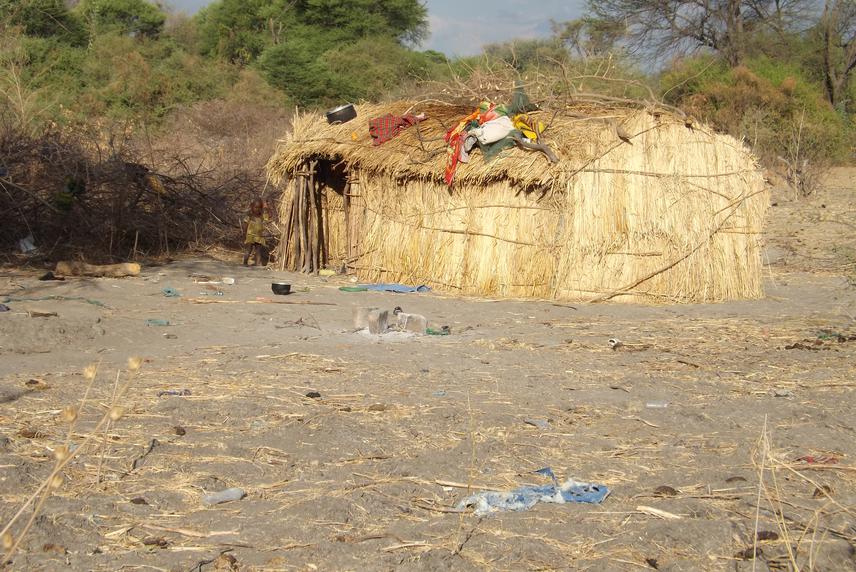Michael Honorati Kimaro
This study aimed to describe the history of land settlement among pastoralists in Ruaha landscape. This will enable us to identify key hotspots (areas) that need immediate lion conservation prioirity in Tanzania, and how their movements affects lion conservation efforts in the country. In addition this study aimed to outline who the people (tribes) are, their cultural values and beliefs towards land use, wildlife, conservation, government management authority and policy, where people moved to and why, and how that is a conflict now (who benefits from conservation, why and how), and what this means in lion conservation.

Temporal pastoralist house in Ruaha. ©Michael Kimaro.
Tanzania is estimated to hold the world’s largest population of African lions (Panthera leo), with the Ruaha ecosystem holding 10% of this population. However, lions in this area often come into conflict with livestock and are killed by pastoralists from Barbaigs, Maassai, and Sukuma tribes. Compounding the lion conflict problem is the remoteness of the Ruaha landscape, and competition for a shared water source, the Great Ruaha River, between people, livestock and predators. With resettlement, these once-nomadic tribes now reside more permanently across this area, which may affect their experiences with and values for lions, but also human-lion conflict. This may result in conflict between villagers and government. Potentially adding to human-lion conflict issues is the focus non-governmental organizations’ give to lion conservation, which may result in conflict between villagers and conservationists.
While human-lion conflict has undoubtedly persisted for many years, socio-political systems of evictions from traditional lands, (re)settlement, and conservation efforts may have negatively influenced human-lion relations, and in turn exacerbating conflict. Therefore, understanding the history of tribes and villages who live with lions, as well as their cultural values and land use practices, is an important human dimensions perspective for lion conservation efforts. As a research team, we will use semi-structured interviews and field observation, as well as existing data where appropriate. Study results will identify settlement patterns and effects of socio-political systems on pastoralists across Ruaha, as well as cultural values and beliefs towards lions and lion conservation priorities, to help address human-lion conflict.